Nose Surgery Cost: Behind Cosmetic Surgery
Find out the various prices and average costs associated with enhancing your face.
Understanding Rhinoplasty Surgery
Nose surgery, also called rhinoplasty, is a common cosmetic procedure that can really enhance your facial features and even help with breathing issues. This article will guide you through everything you need to know about rhinoplasty—covering average costs, emotional benefits, and answering your most frequently asked questions.
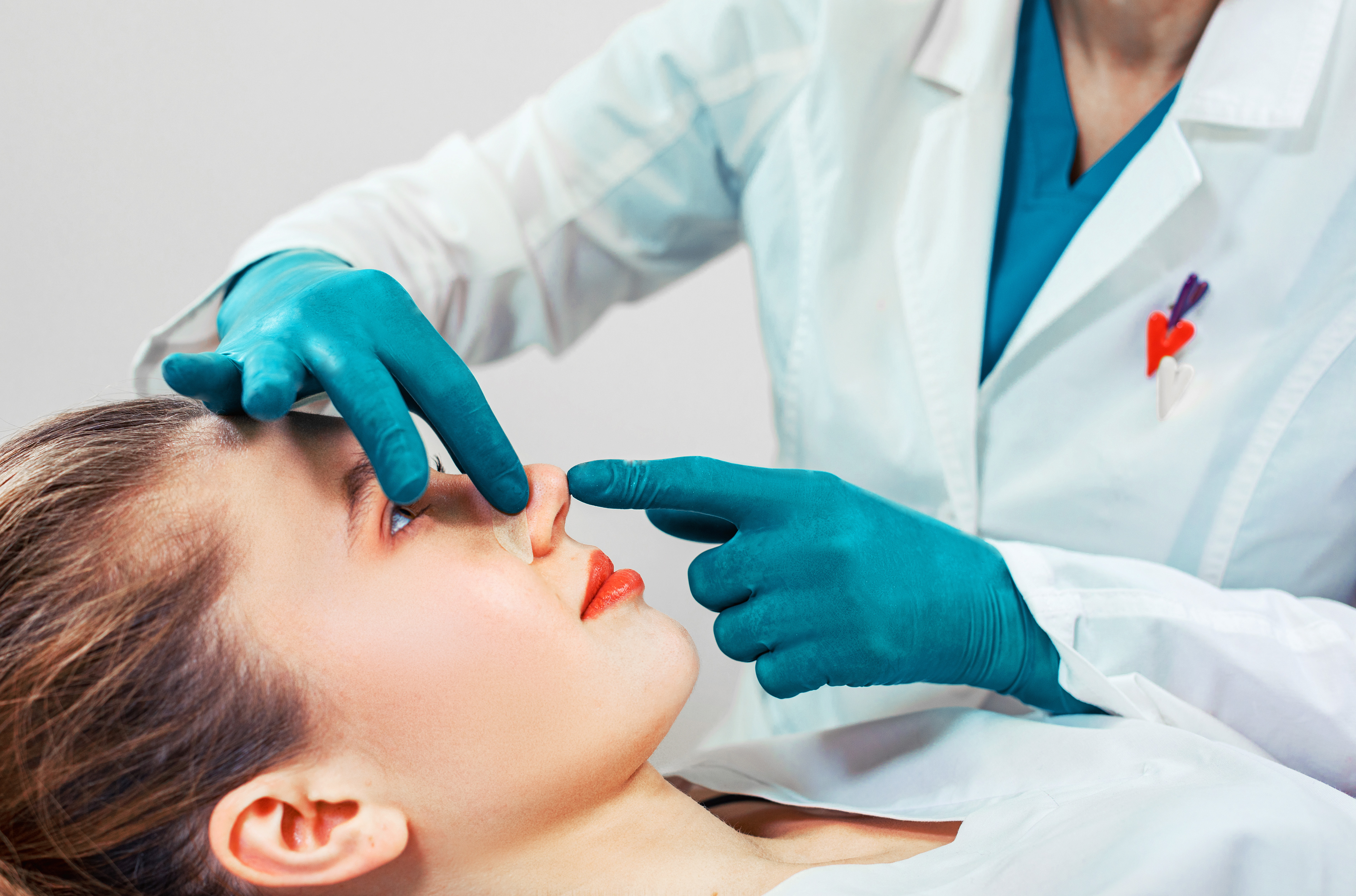
Rhinoplasty, or a nose job, reshapes the nose for both cosmetic and functional reasons. It can address aesthetic concerns or problems like a deviated septum that make breathing harder. There are different types of rhinoplasty procedures, including primary rhinoplasty, functional rhinoplasty, and revision rhinoplasty.
The Total Cost of Rhinoplasty
Rhinoplasty costs vary a lot depending on the procedure’s complexity, the surgeon’s skill, and where you’re having the surgery done. On average, the cost of rhinoplasty in the U.S. is between $3,000 and $15,000. This range usually includes surgeon fees, but you might have to pay extra for things like anesthesia, facility fees, and post-surgery care.
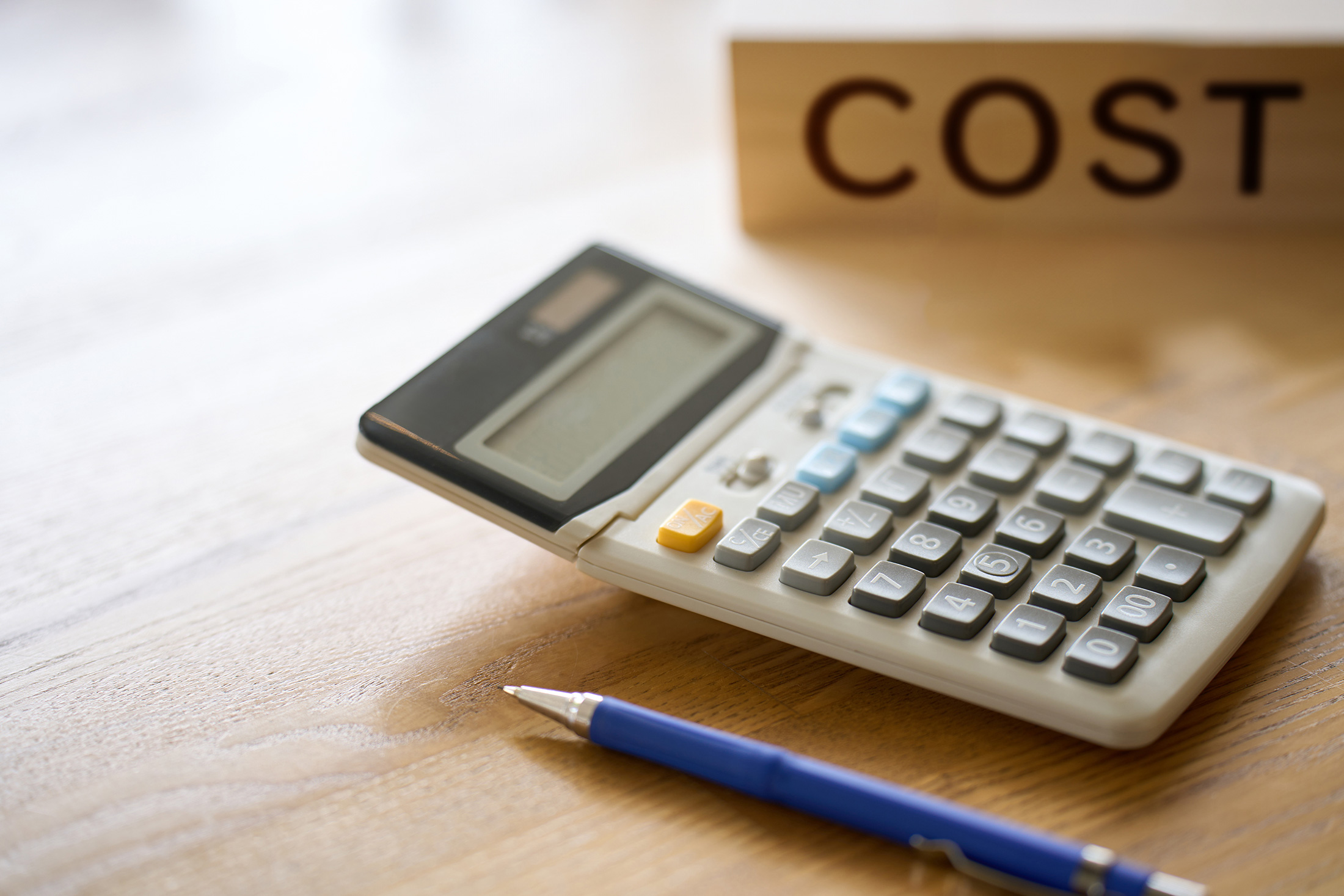
Emotional and Psychological Costs
It’s important to consider the emotional and psychological effects of rhinoplasty, not just the financial side. Many people deal with self-esteem issues or social anxiety because they feel unhappy with their nose. A rhinoplasty can reduce these insecurities, boosting confidence and improving mental health.
Rhinoplasty: How does it work?
Rhinoplasty reshapes the nose by adjusting bone and cartilage. It can either enhance your appearance or improve breathing by fixing structural issues like a deviated septum.
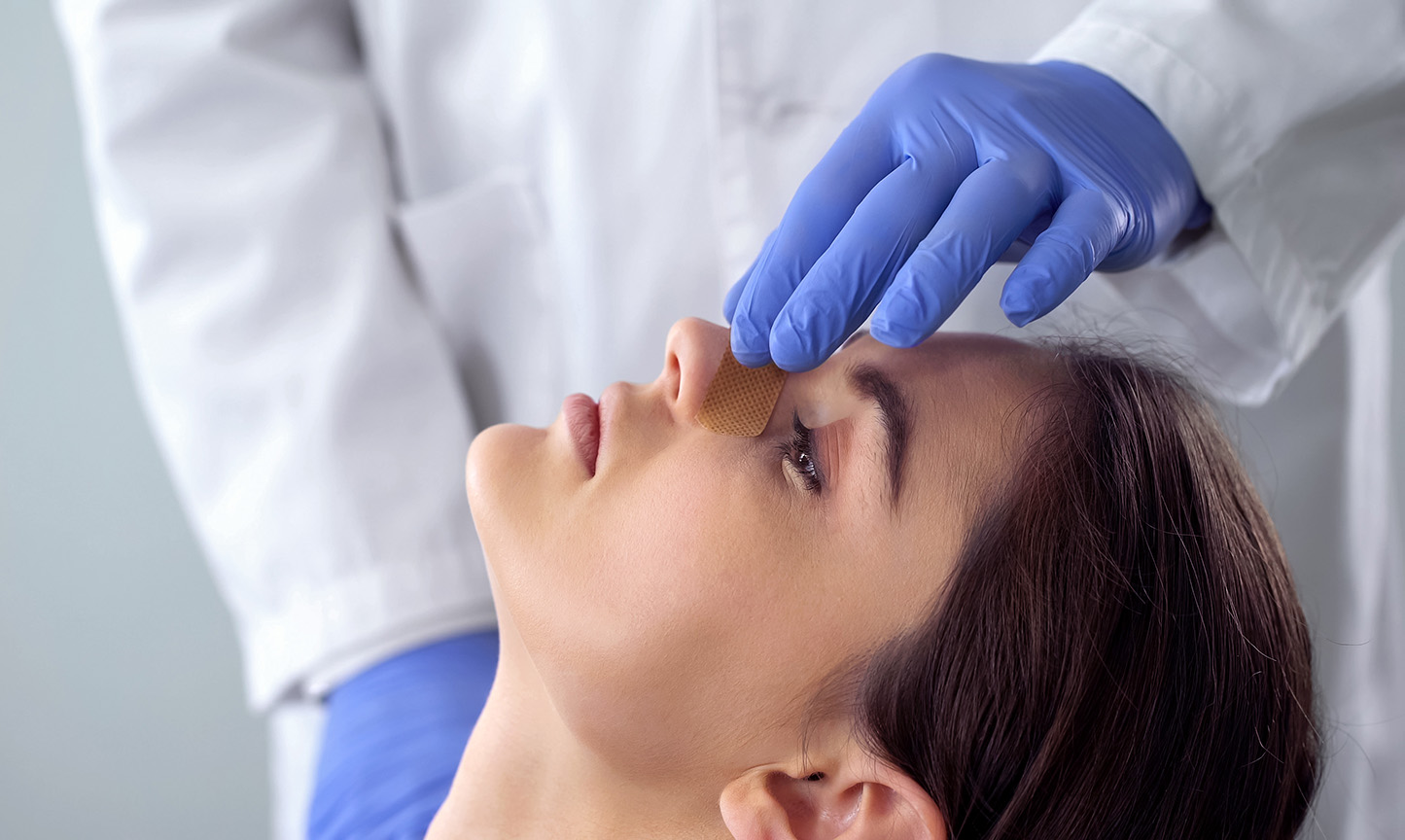
- Cosmetic rhinoplasty refines the look of your nose.
- Functional rhinoplasty improves breathing issues.
- Recovery usually involves swelling and bruising that can last for a few weeks.
- Most patients can return to regular activities after two weeks, but full recovery may take months.
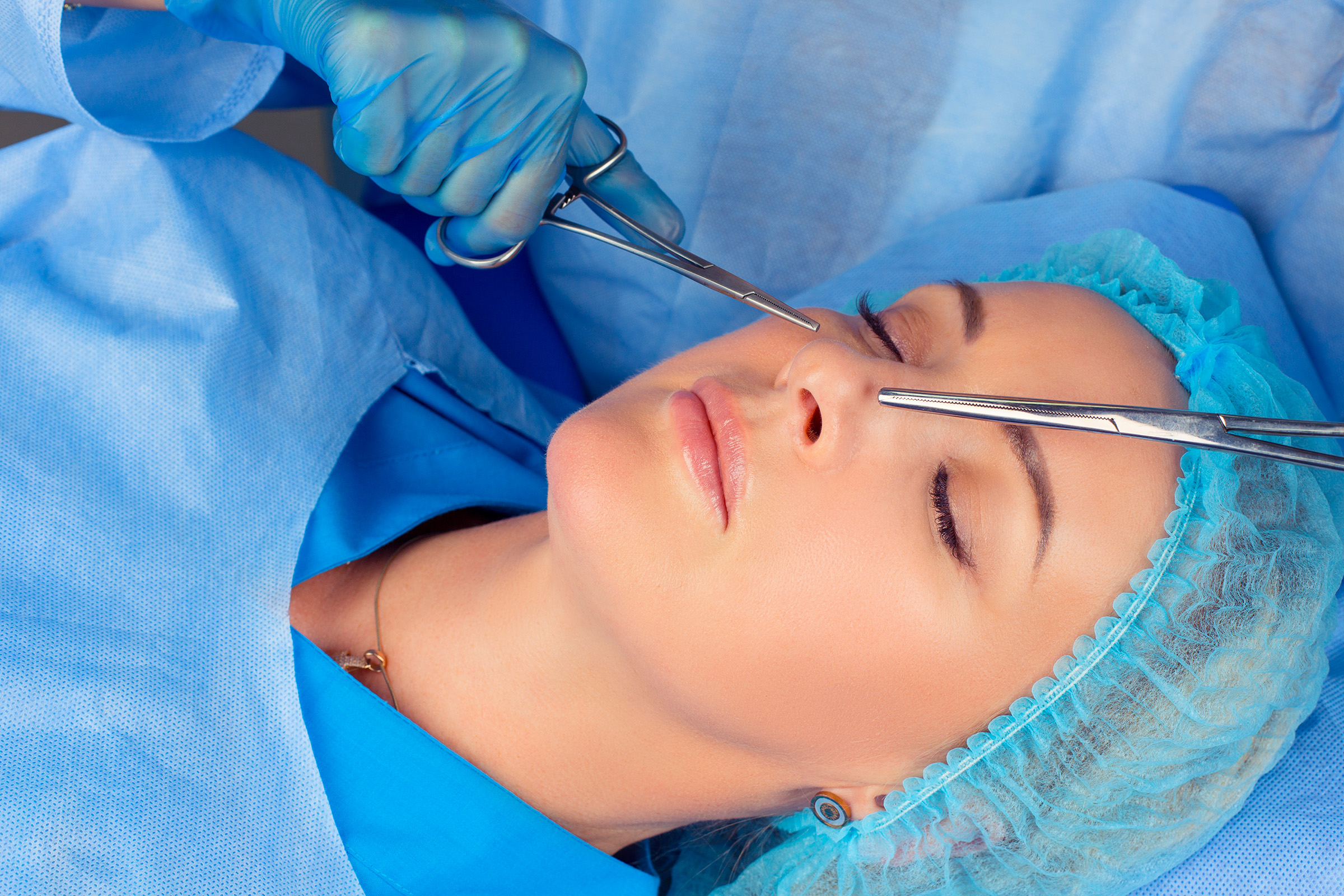
What is the difference between cosmetic and functional rhinoplasty?
Cosmetic rhinoplasty changes how your nose looks, while functional rhinoplasty helps fix breathing problems or corrects structural problems like a deviated septum.

What factors affect the cost of a rhinoplasty?
Several things affect rhinoplasty costs: the surgeon’s experience, how complex the procedure is, and additional charges like anesthesia and facility fees.
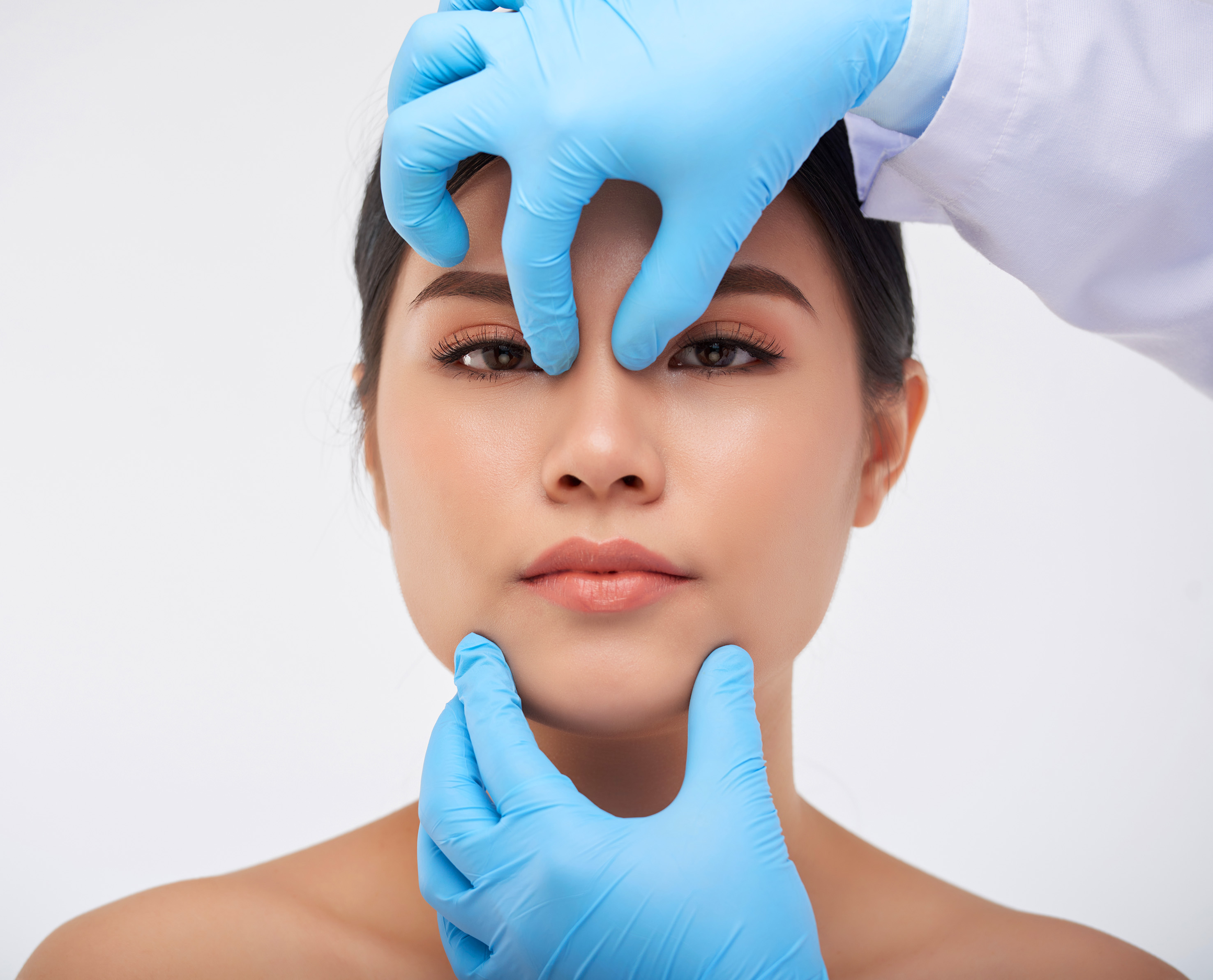
What is the recovery process like after rhinoplasty surgery?
After rhinoplasty, you’ll likely experience swelling and bruising around your nose and eyes for a few weeks. You can get back to most normal activities within two weeks, but full recovery may take months.
Rhinoplasty: How Long Does it Take to Heal?
Recovering from rhinoplasty is a gradual process that requires patience and proper care. While initial healing occurs within the first few weeks, full recovery can take several months to a year as the nose settles into its final shape. Understanding each phase of the healing process can help you set realistic expectations and follow the best post-operative care.
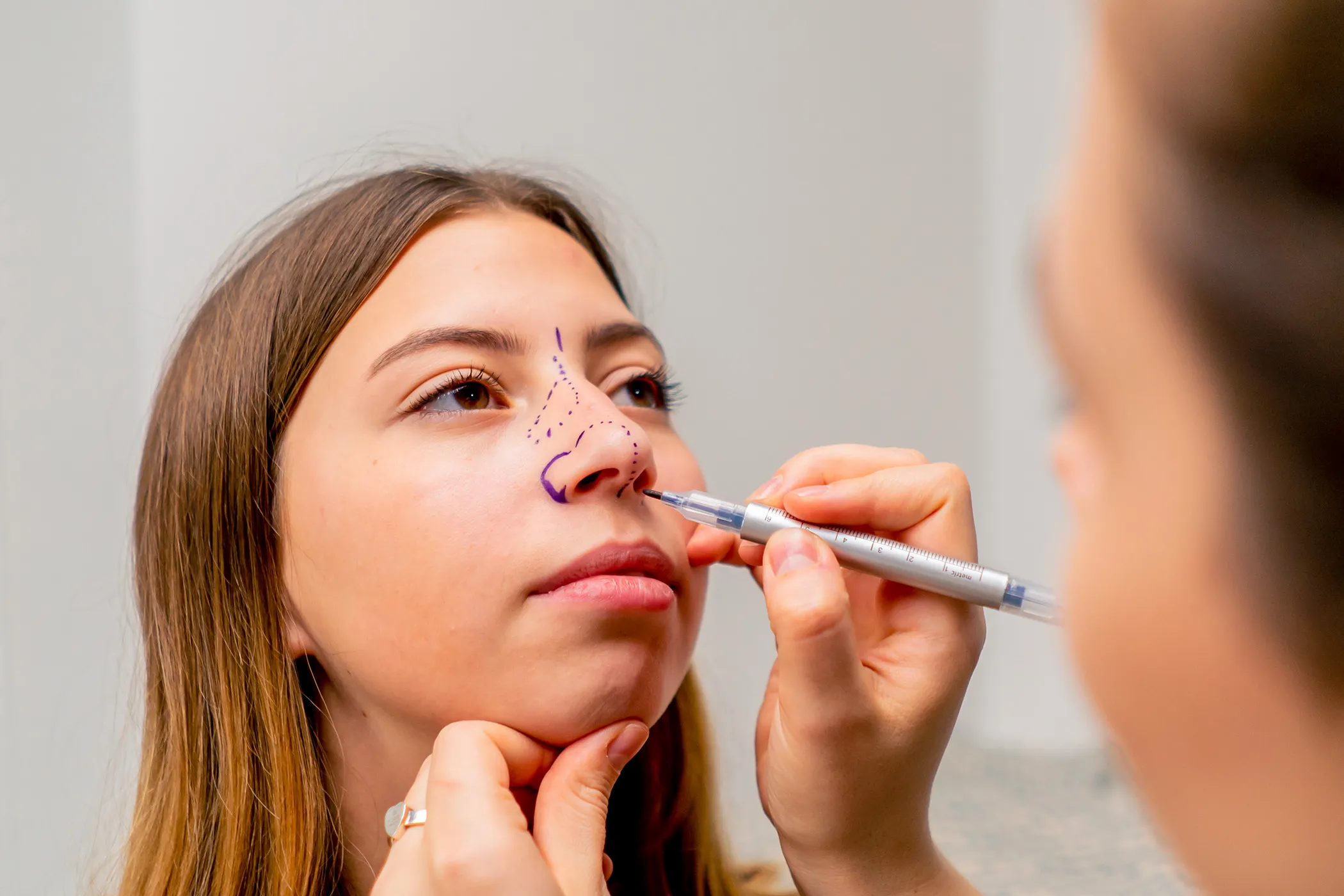
The First Week: Managing Swelling and Bruising
The first week after surgery is typically the most challenging. Patients experience swelling, bruising around the eyes, and mild discomfort. A nasal splint is often placed to protect the nose and support healing. You may also experience congestion due to internal swelling. Most people take this time to rest and limit physical activity to avoid complications.
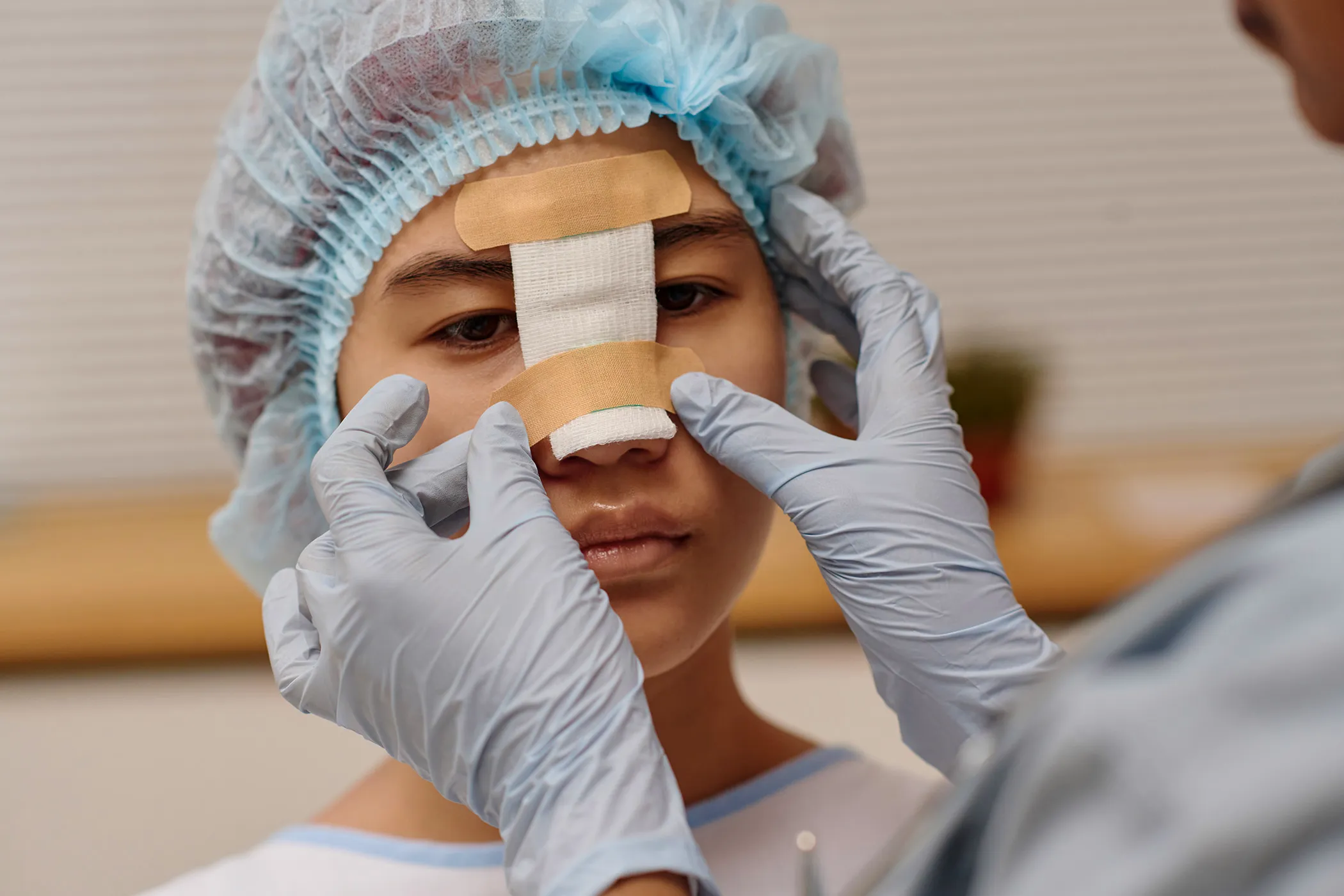
Weeks 2–4: Visible Improvements Begin
By the second week, most of the noticeable bruising and swelling will subside, allowing patients to return to normal daily activities. However, the nose will still be sensitive, and any impact or pressure should be avoided. The nasal splint is typically removed at this stage, and minor swelling will persist, though only noticeable to the patient.
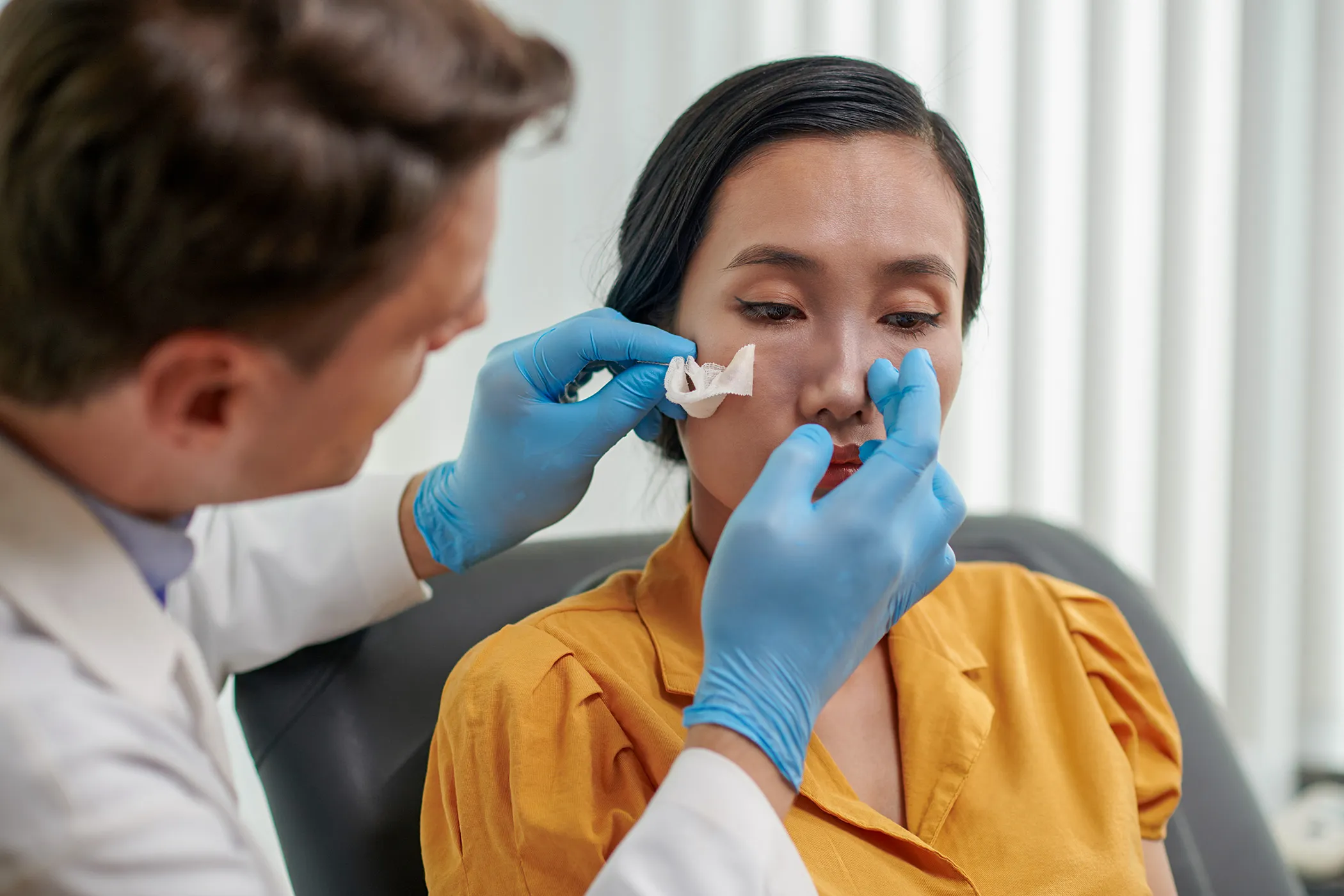
Months 1–3: Continued Refinement
During this phase, residual swelling gradually decreases, revealing more refined results. While the external appearance of the nose improves significantly, internal healing continues. Patients are advised to avoid strenuous activities, contact sports, and excessive sun exposure to prevent damage to delicate tissues.
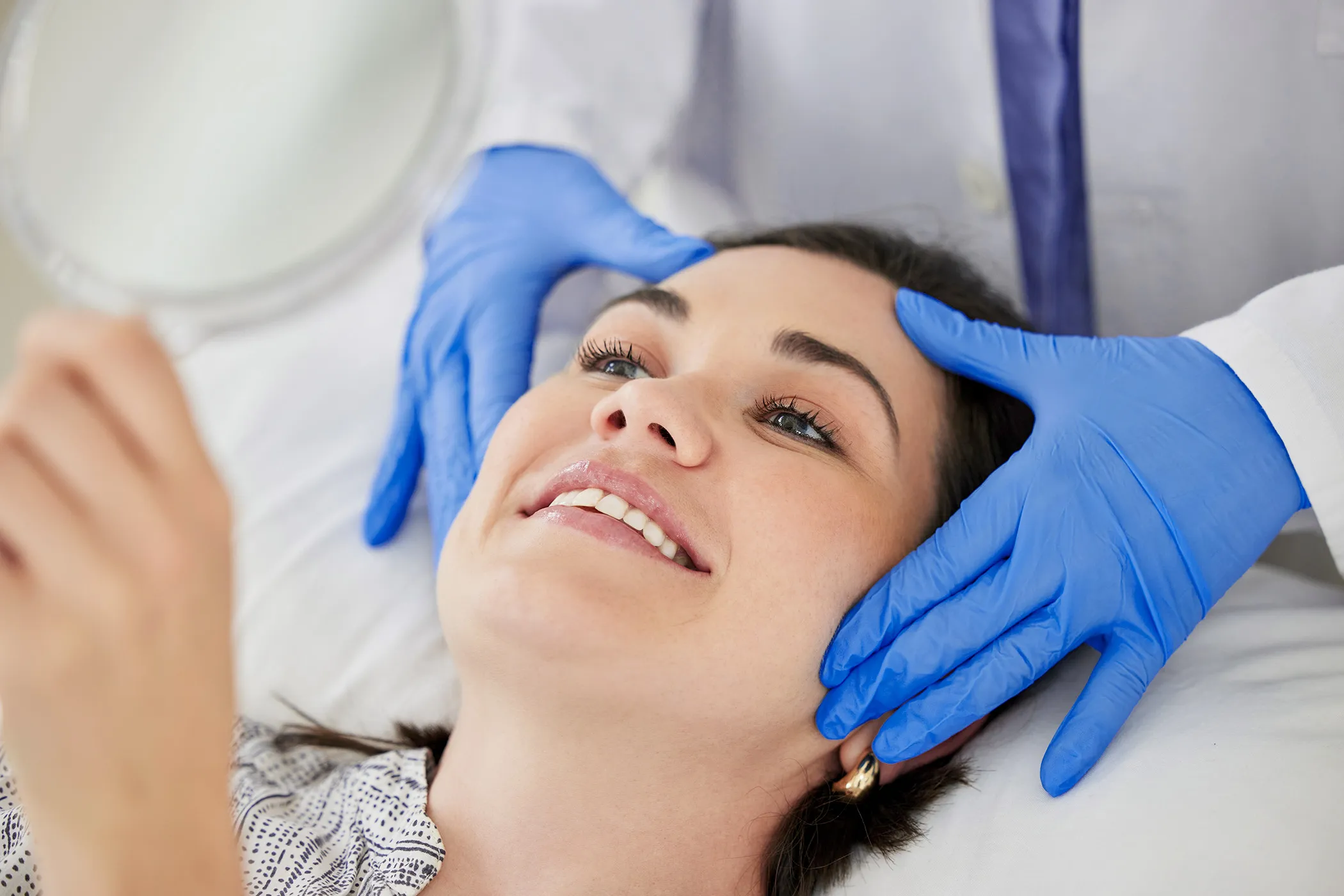
Months 4–12: Final Results Take Shape
By the fourth month, the majority of swelling has diminished, and the nose’s new shape is more apparent. However, subtle changes may continue as tissues fully settle. By the one-year mark, the final results of rhinoplasty are achieved, with a natural appearance and full functionality.

Tips for a Smooth Recovery
To ensure optimal healing, follow your surgeon’s post-operative care instructions, including:
Keeping your head elevated to minimize swelling
Avoiding heavy lifting and strenuous exercise for several weeks
Using cold compresses to reduce discomfort
Following proper wound care to prevent infections
Steering clear of smoking and alcohol, which can delay healing
Rhinoplasty recovery is different for each patient, but knowing what to expect can help you navigate the process with confidence. By following the recommended guidelines, you can achieve the best possible results while maintaining comfort and safety.
Will insurance cover rhinoplasty?

Health insurance generally does not cover rhinoplasty costs, even if it’s for functional reasons like fixing a deviated septum. Since it’s considered a cosmetic procedure, it’s typically not covered. However, we do offer financing options to help make the process easier for you.
Learn more about how our payment plans can fit into your budget.
The Truth About Rhinoplasty
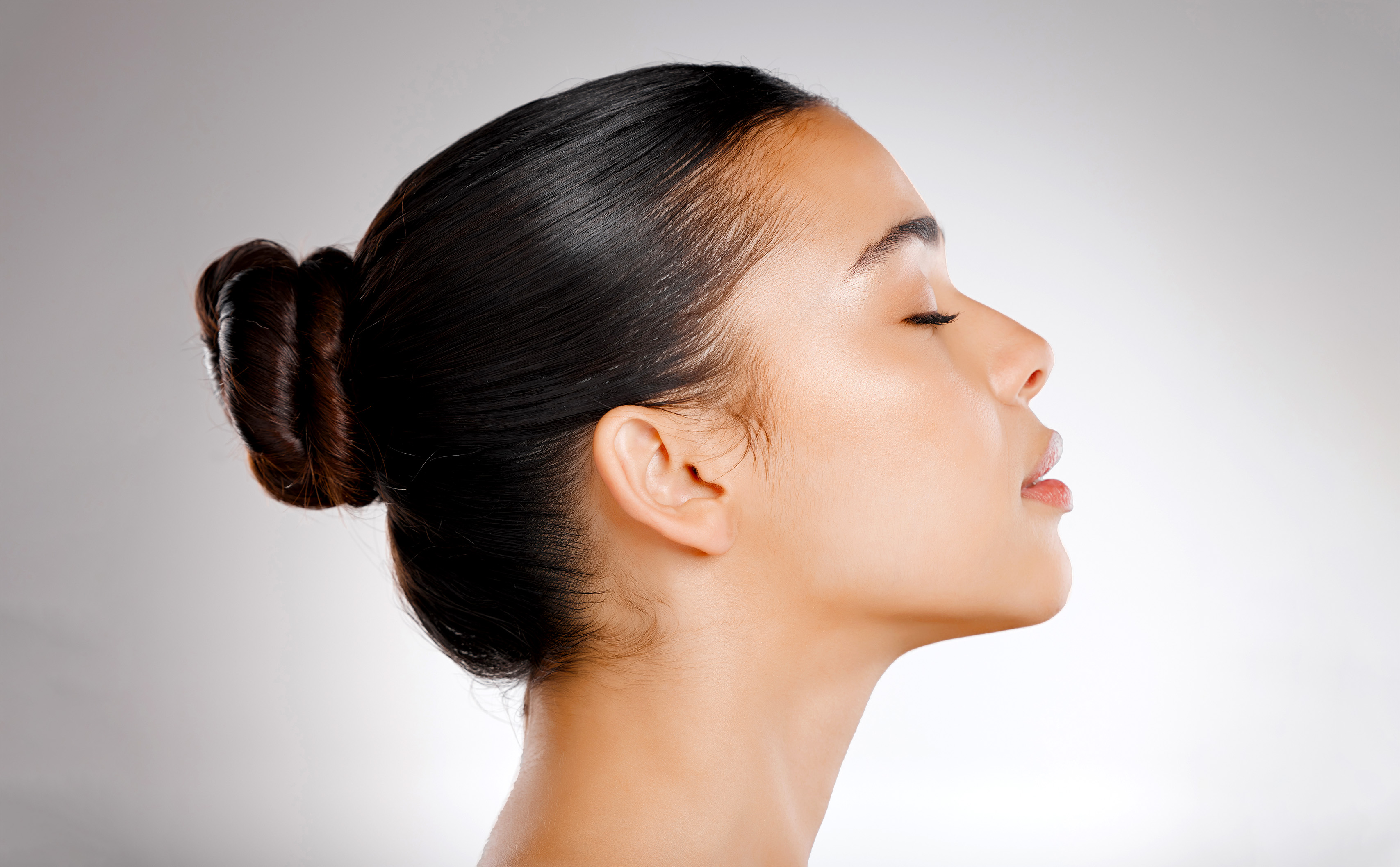
Rhinoplasty isn’t just about changing your appearance—it can change your life by improving self-confidence and addressing insecurities. By knowing the total costs, both emotional and financial, you can make a well-informed decision about whether this procedure is the right choice for you.
Flexible Payment Plans
0% interest
up to 24 months
Enjoy peace of mind and a stunning transformation on your terms!
